Seeing someone have a seizure can be a scary experience, especially if that person is a young child. You may be afraid to respond, but a few simple actions can make a huge difference in someone experiencing a seizure. Knowing the following seizure first aid and safety tips can help keep you and the patient safe.
Spotting a seizure
A seizure is caused by abnormal and sudden electrical activity in the brain. Seizures appear differently in every person, ranging from lip smacking to stiffening of the body. Seizures that affect the entire body are the most recognizable, and they cause muscle spasms and rhythmic jerking in a person. Seizures that occur on a smaller scale may cause subtler body movements. Examples of these body movements are fumbling, blinking or eyes rolling upwards.
Seizure safety
If you think you see someone having a seizure, guide the person to a safe position. Have the person sit or lie down, whichever is most comfortable for the person. People experiencing a full-body seizure often have excess saliva or may vomit. Turn the person onto his or her side to prevent choking on vomit or saliva and avoid causing serious damage to their lungs.
As the person is settling in a comfortable position, remove any sharp objects or anything that might cause harm to the person. This may involve moving away any chairs or choosing an area that gives the person enough room. Put something soft to cushion the head, such as a jacket or a blanket.
Monitoring the person
As a bystander, you can help by timing the length of the seizure and observing symptoms of the seizure. The duration of the seizure can be important for determining whether to call 911. Describing the type of seizure can help when a parent or EMS arrives to help. Traits about the seizure to observe are:
- Does the seizure affect the entire body, or does it affect one side more than the other?
- What is happening to the eyes – are they rolled up, rolled to one side?
- How long does it take for the person to start responding after the seizure?
Don’t stick anything into their mouths, including spoons or fingers. It is an old wives’ tale to stick a spoon into the mouth to prevent the tongue from being swallowed. The object may break and be a choking hazard!
Finally, do not restrain the person. It may be instinctive to prevent the person from moving but doing so may hurt both the patient and yourself.
Calling 911
Call for emergency help if any of the following happen:
- The person does not have a history of seizures
- The seizure lasts for more than 5 minutes
- The person is turning blue or having trouble breathing
After a seizure
People who have experienced a seizure may be slow to respond and seem tired, a time called the post-ictal phase. After the surge in brain activity, the brain cells are recovering and the person may seem sleepy or “out of it.” It will take a few minutes for them to return to themselves.
 https://riseandshine.childrensnational.org/wp-content/uploads/2020/02/Large-Group-of-People-Celebrating-feature.png
300
400
Rise and Shine
https://riseandshine.childrensnational.org/wp-content/uploads/2017/11/childrens_riseandshine_logo.jpg
Rise and Shine2024-02-27 07:00:312024-02-27 09:36:48Celebrate Rare Disease Day
https://riseandshine.childrensnational.org/wp-content/uploads/2020/02/Large-Group-of-People-Celebrating-feature.png
300
400
Rise and Shine
https://riseandshine.childrensnational.org/wp-content/uploads/2017/11/childrens_riseandshine_logo.jpg
Rise and Shine2024-02-27 07:00:312024-02-27 09:36:48Celebrate Rare Disease Day


 Amy Kao, MD, was a neurophysiologist at Children's National. She treats children with epilepsy, but also sees patients with neurological conditions besides seizures. She is especially interested in the ketogenic diet, a special high-fat diet that can decrease seizures in some patients.
Amy Kao, MD, was a neurophysiologist at Children's National. She treats children with epilepsy, but also sees patients with neurological conditions besides seizures. She is especially interested in the ketogenic diet, a special high-fat diet that can decrease seizures in some patients.


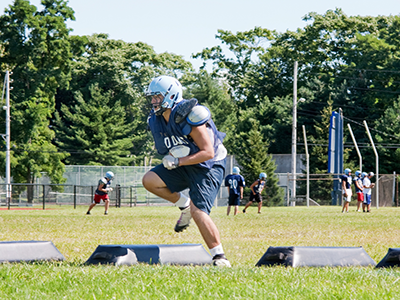

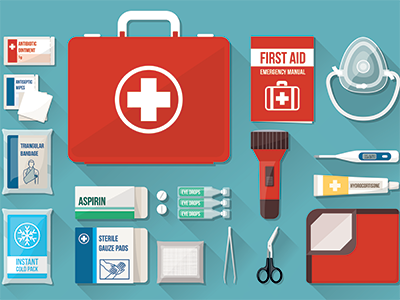
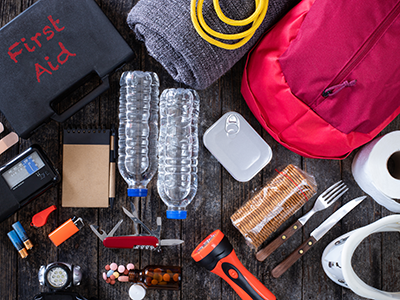


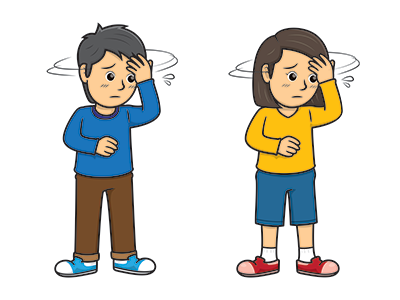

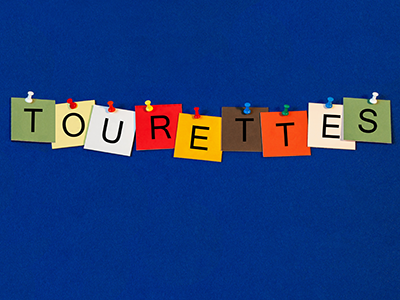


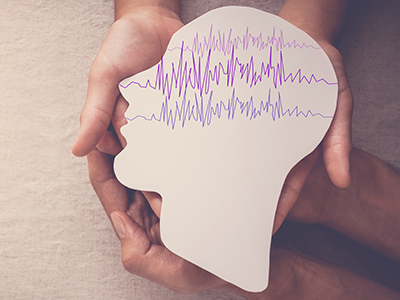
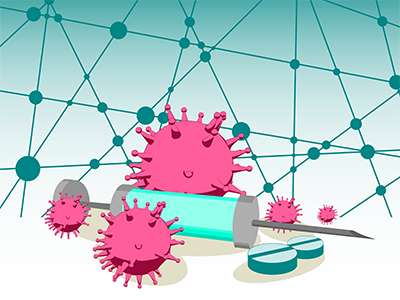


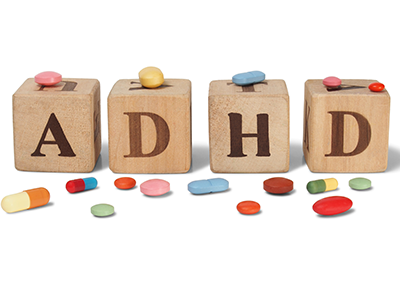
Leave a Comment
Want to join the discussion?Feel free to contribute!